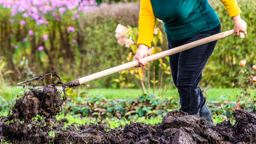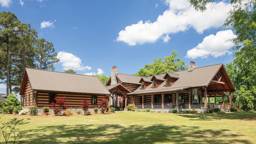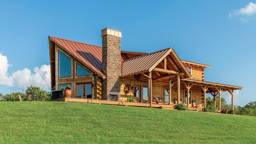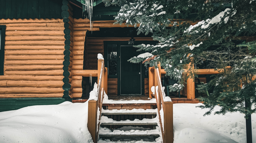*All products featured are selected by our editors. When you make a purchase through a qualifying link, we may earn a commission via affiliate programs with Amazon.com and other retailers.
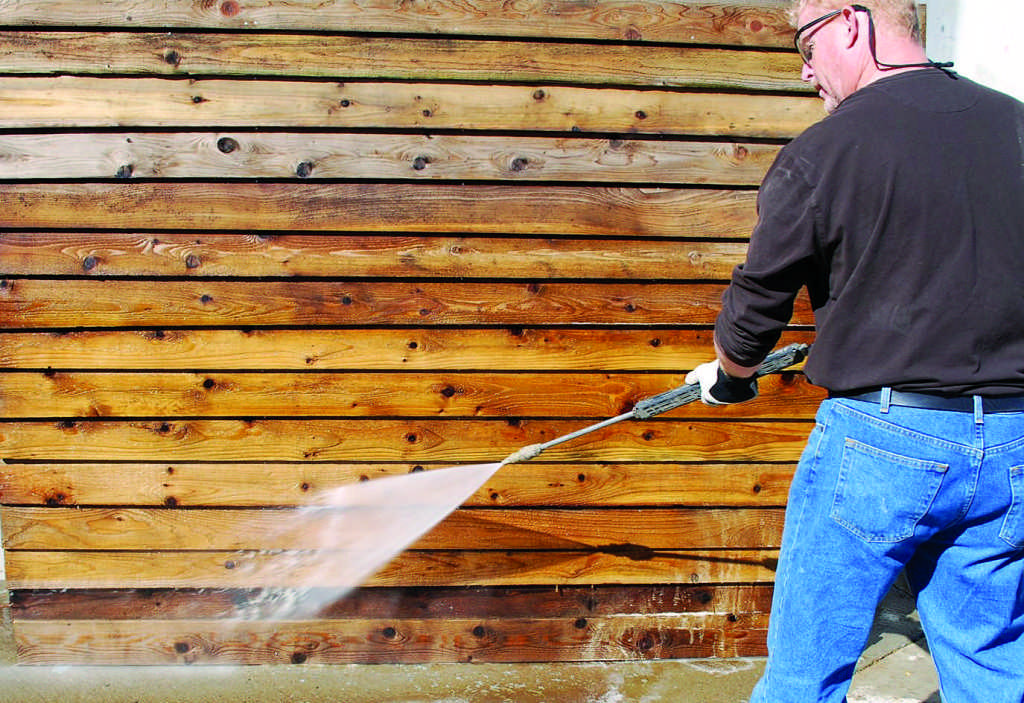
Log home restoration can be tricky. To bring it back to its former glory, there are some key elements you should know. If you’re buying an existing log home, try to obtain a maintenance record to help determine whether new log treatments are compatible with old ones.
Compatibility is important; without knowing product chemistries, your only option is to strip the logs to bare wood and start from scratch. Before embarking on any remedial or preventive maintenance program for an existing log home, you should try to establish the home’s history, whether by documentation or inference, so you can set goals and achieve them, whether you do the work yourself or hire a pro.
- Who manufactured the log package? This information will enable you to gain insight into the design and material decisions that could impact your restoration.
- What is the log species? Different wood species' properties could impact what products and restoration techniques you use.
- Are there any additions to the original structure? Logs cut in different years/seasons could affect the needs of the project.
- What were the materials used in previous maintenance applications? It's important to use products that are compatible with each other.
- Who built the structure? You may be able to back to the original builder for insight and assistance, if needed.
- How old is the structure? This could provide insight into potential issues that need to be addressed.
- Are there any existing problem areas? Obvious rot, decay or insect infestation? Coating or sealing failures? Air or weather infiltration? An inspector or energy auditor could help you uncover any issues that may not be apparent with the naked eye.
- Are there any imminent problem areas? It's no surprise that these need to be tackled first.
- What do you want the structure to look like when you’re done? This is affect your product choices.
- What kind of budget are you working with? Budget dictates everything!
- Do you have a priority list for the work? Tackle the serious concerns first, then establish your own list of priorities.




